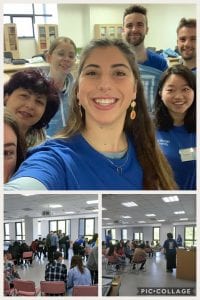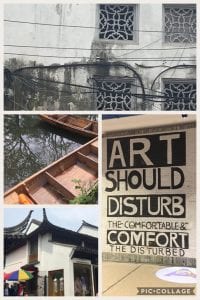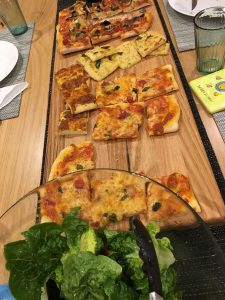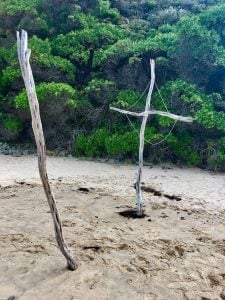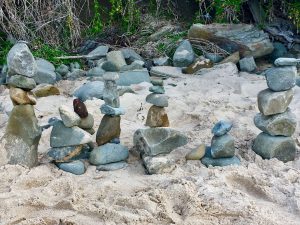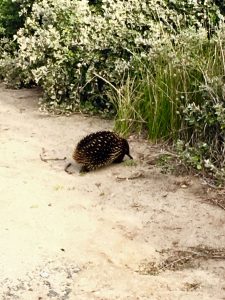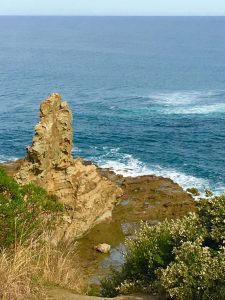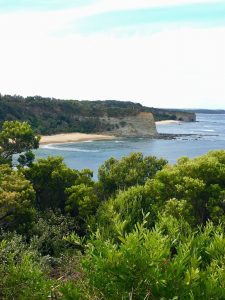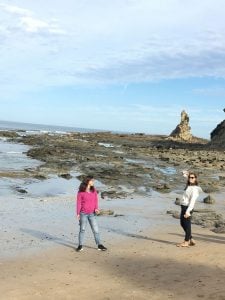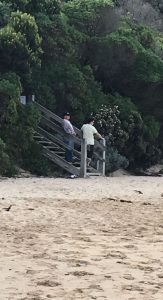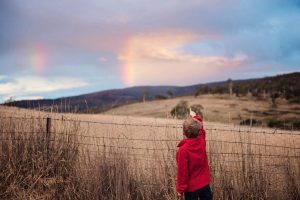In Victoria, teachers are required to complete 20 hours of professional development (PD) every year. Though not specified, some of that time must be given over specifically to engaging in PD to do with special needs. The PD must also be linked to the three domains of the Australian Professional Standards for Teachers (APST): Professional Knowledge, Professional Practice and Professional Engagement.
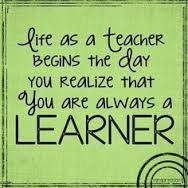
teacher as learner
#Edublogsclub Prompt 25 asks us to write a post about conferences and professional learning. I thought I’d take the opportunity to inform teachers and other staff in schools just how easy it can be to reach the quota for PD and perhaps have some fun doing it.
For a number of years, we have been using the term PD interchangeably with professional learning (PL). Some have attempted to separate, or at least differentiate these terms, including AITSL and George Couros. It would seem that PD is something which is ‘done’ to you while PL is something you do yourself. PD ends while PL continues even after the event.
As a way to improve teaching, student outcomes and keeping up to date with all things education, oh, and pass the VIT audit, educators ‘do’ PD. However, if you just attend PD to gain knowledge, then you’re wasting your time. The most important and relevant part of PD is not PD at all, but the PL that happens, before, during and after each session.
So how do we ‘continue’ the PL before, during and after the PD? Here are my 6 top tips.
1. Network at conferences
Conferences are expensive so be sure to get your money’s worth. Enjoy the learning, the food and drink but more importantly take the time to network. If they provide a list of delegates, be sure to note who’s there and don’t be afraid to say hi. Many I notice, get ‘selfies’ with keynotes or other presenters, but if you don’t take the opportunity to ask a question, get your book signed or make a friend for future reference then all you’ve got is a selfie.
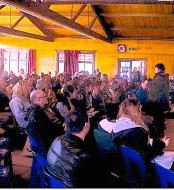
Deakin Education Conference
2. Twitter
I do not understand why more teachers don’t take advantage of the free, 24 /7 availability of professional learning that happens on Twitter. It is not about sharing what you had for breakfast or how many followers you have. My own Twitter journey over the last 4 years has been amazing. I first joined in December 2012, shortly after resigning from full-time teaching and leadership roles. At the time I had no idea of its potential as a learning platform. Today things are different. I only follow people linked to education, both those who support my views and those who challenge my thinking. I participate in a number of Twitter chats and run my own #survivephd monthly chat, an offshoot from my MOOC experience run by Dr Inger Mewburn (AKA Thesis Whisperer). In an effort to get teachers hooked onto Twitter I often use paper tweets to have them reflect or communicate their own experiences of the workshops I facilitate. I cannot recommend Twitter enough as the best PL for all those interested in extending their learning and thinking. Participating in education Twitter chats can be logged as PD. I use Storify to capture the discussion as evidence of participation.
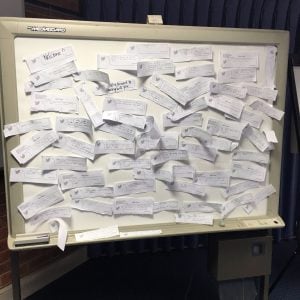
papertweets

Twitter staffroom
3. Coaching
Coaching, different from mentoring, is a great way to improve how you go about your work. Coaching encourages, stretches, and pushes others to take responsibilities for their own development, to set goals that reflect the bigger picture and to take action, that is, to GROW [Goal, Reality, Options, Will] first developed by Whitemore in the 1980s. Many schools are taking up coaching as a way to extend their staff. This can be a wonderful opportunity to ‘be better’ and to go beyond that one day wonder of a professional development session. Coaching is truly an on-going and rewarding PL opportunity. Coaching sessions can also be logged as PD, even more powerful, if you keep a log or journal of your goals, learning and action.
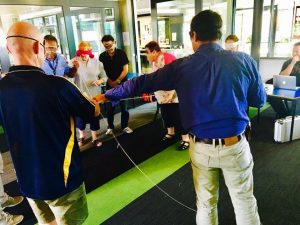
Developing coaching relationships
4. Read blogs
Many of us have taken to blogs to reflect, express, share, and learn. I often take the time to extend my professional learning, reading a variety of blogs to learn and be challenged. Some of my favourites include those written by great educators, researchers and ‘edu’ coaches. Time reading and reflecting can be logged as PD, simply but writing or recording the few main points or writing a comment or response on the site is evidence enough.
5. Collaborate with LSOs
I’ve included this as a way to encourage teachers to better use their Learning Support staff in schools. In my experience, both groups tend to work as separate entities and only communicate ad hoc moving from one class to another or in brief conversations over email. Imagine if we made time (think here what we do in meetings now that we could do without) to sit and collaborate with each other – teachers and LSOs – using our knowledge and skills about teaching and learning to enhance the learning of our students with disabilities. This is PL at its very best and it covers VIT requirements to do with special needs PD.
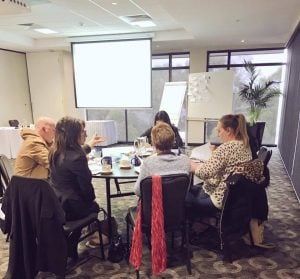
Collaborating
6. Take yourself on an excursion
Many teachers are not aware that visiting museums, art galleries, performances, historical sites and other events related to their teaching areas or as possible excursion sites for their students are considered PD and that time can be logged as such.
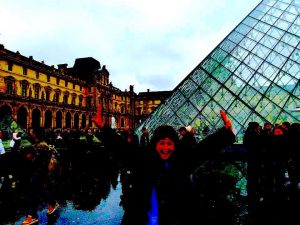
Louvre, Paris
There are of course so many more ways to experience PL I haven’t mentioned but I hope you might re-think the approach to PD in education. Professional learning is much more engaging and has the potential for change or at the very least can become more than just a short-lived activity ‘done to you’ – get out there and do it yourself!
Thanks for reading 🙂
